Fort Worth, TX Through the Ages: A Fascinating Journey from Its Frontier Beginnings to a Flourishing City of Arts, Culture, and Innovation
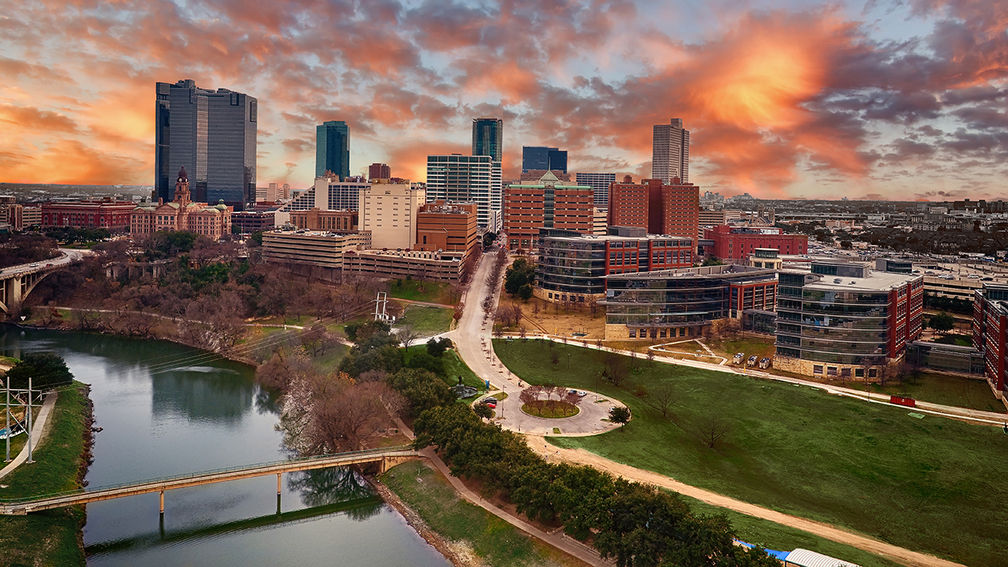
Fort Worth, Texas, is often described as the city where the West begins, a place where history and modernity coexist in the most dynamic way. From its frontier beginnings as a military outpost to its present-day status as a burgeoning metropolis, Fort Worth’s journey through the ages is one marked by growth, transformation, and innovation. This rich history, steeped in the lore of cattle drives, railroads, and military outposts, has helped to shape a city that is now recognized for its thriving arts scene, diverse culture, and a forward-looking spirit of innovation.
Fort Worth’s story is not just one of economic growth and urban development; it is the story of a community that has worked tirelessly to maintain its ties to its rich past while embracing the future with open arms. Through its vibrant arts culture, burgeoning tech scene, and rich Western heritage, Fort Worth continues to evolve, always holding on to the values that made it a great city in the first place. This post takes you on a journey through the city’s transformation, from its frontier roots to a flourishing urban center known for its cultural, economic, and artistic significance.
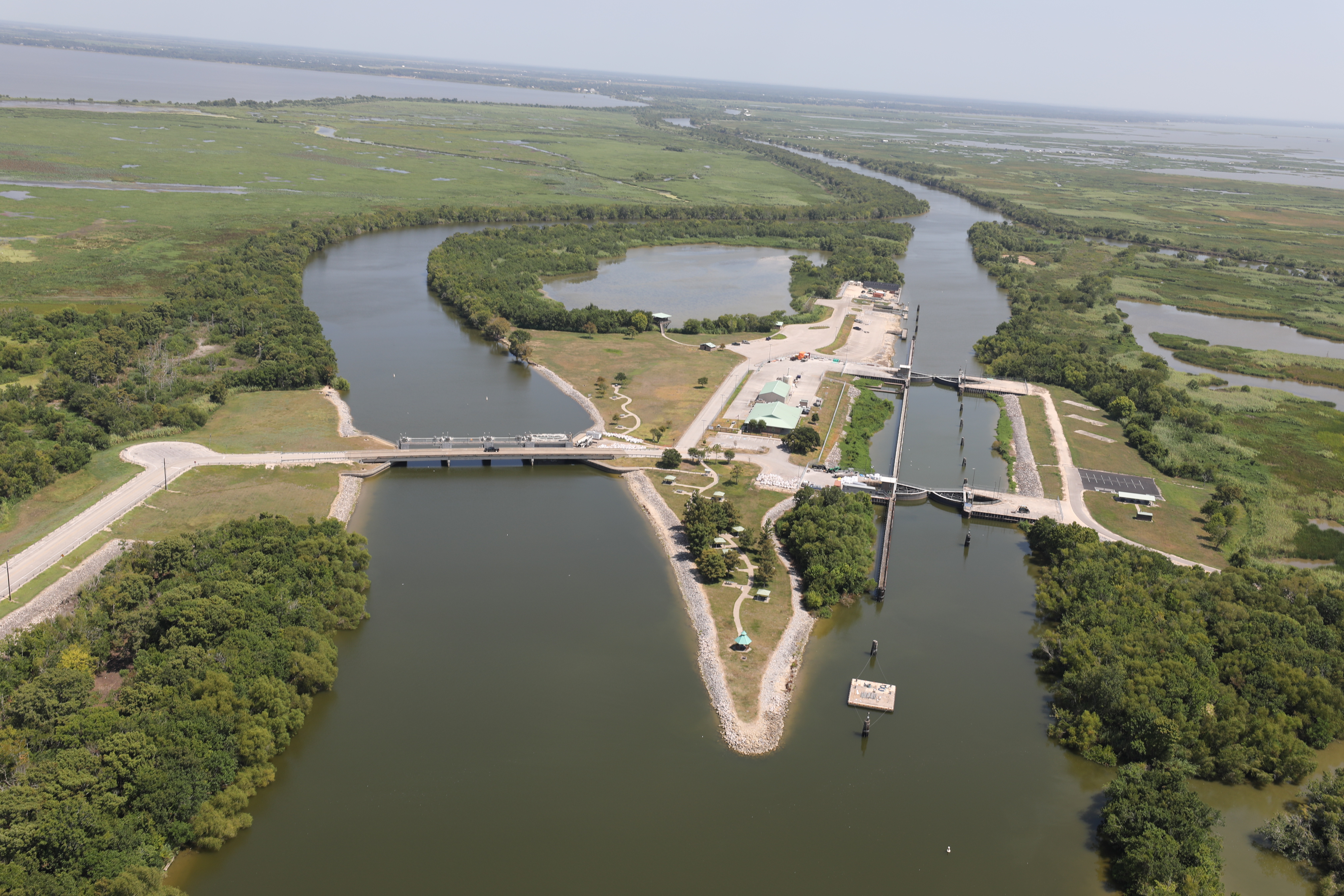
The Birth of Fort Worth: Frontier Beginnings
The year was 1849, and the American frontier was alive with the promise of opportunity and expansion. The United States, in its quest to settle the western territories, had established military posts to protect settlers and maintain order. Among these posts was Fort Worth, established by the U.S. Army on the Trinity River in North Texas.
Originally intended as a military outpost to protect settlers from Native American tribes and provide a base of operations for the military, Fort Worth’s location on the edge of the frontier gave it an inherent strategic advantage. The fort was named after General William Jenkins Worth, a hero of the Mexican-American War. For a time, the fort provided security to a burgeoning population of settlers, and it quickly became a vital hub for travelers, traders, and those seeking opportunity in the newly established state of Texas.
By 1853, however, the fort was abandoned due to a series of military and logistical issues. Although the fort was no longer active, the settlement around it began to grow and develop. People continued to stream into the area, eager to start new lives and contribute to the region’s economic development. While Fort Worth was small, it was well positioned to take advantage of the rapid expansion of the Texas cattle industry, a development that would lay the foundation for the city’s future.
Cattle Drives and Railroads: Fort Worth as Cowtown

The 1860s marked the beginning of a new chapter in Fort Worth’s history. The city’s proximity to major cattle trails, particularly the Chisholm Trail, made it a key stop for cattle drives. Texas ranchers drove their herds northward toward railheads in Kansas, and Fort Worth became one of the main stops along this route. The city’s stockyards soon became an essential center for the livestock industry, and it earned the nickname "Cowtown" because of its vital role in the cattle trade.
As railroads began to expand across the United States, Fort Worth’s position as a transportation hub was solidified. In 1876, the arrival of the railroad in Fort Worth was a pivotal moment in the city’s history. With the railroad, Fort Worth gained access to national markets, allowing cattle ranchers to sell their livestock far beyond the confines of Texas. The combination of cattle drives and rail transportation made Fort Worth one of the largest livestock centers in the United States, and the cattle industry became central to its economic development.
This period of growth also brought with it cultural significance. The iconic Fort Worth Stockyards District emerged as a symbol of the city’s frontier past. Today, the Stockyards still stand as a historical district that reflects Fort Worth’s Western heritage. The district is home to rodeos, historic buildings, and live cattle drives, where visitors can experience a glimpse of what life was like during the city’s cattle boom. This heritage has become a defining feature of Fort Worth, distinguishing it from other cities in the state and country.
The Rise of a Modern City: From Cowtown to Cultural Center
By the early 20th century, Fort Worth began to shift away from its cattle-centered roots, embracing new industries and opportunities for growth. The city diversified its economy, and sectors like manufacturing, aviation, and transportation played a crucial role in Fort Worth’s development. This era marked the beginning of Fort Worth’s transition from a small frontier town into a modern urban center.
One of the most significant transformations occurred during World War I and World War II. During both conflicts, Fort Worth became a major center for defense production, particularly in the aviation industry. The establishment of major aviation facilities, such as the Consolidated Aircraft Corporation (which later became General Dynamics and Lockheed Martin), helped to turn Fort Worth into a key player in the aerospace industry. The city also became home to an important military base, the Naval Air Station Fort Worth, further solidifying its role in the defense sector.
The growth of the aviation industry and the accompanying expansion of Fort Worth’s infrastructure set the stage for further urban development. The city continued to grow throughout the 20th century, with new neighborhoods, businesses, and cultural institutions emerging as Fort Worth entered a new era.
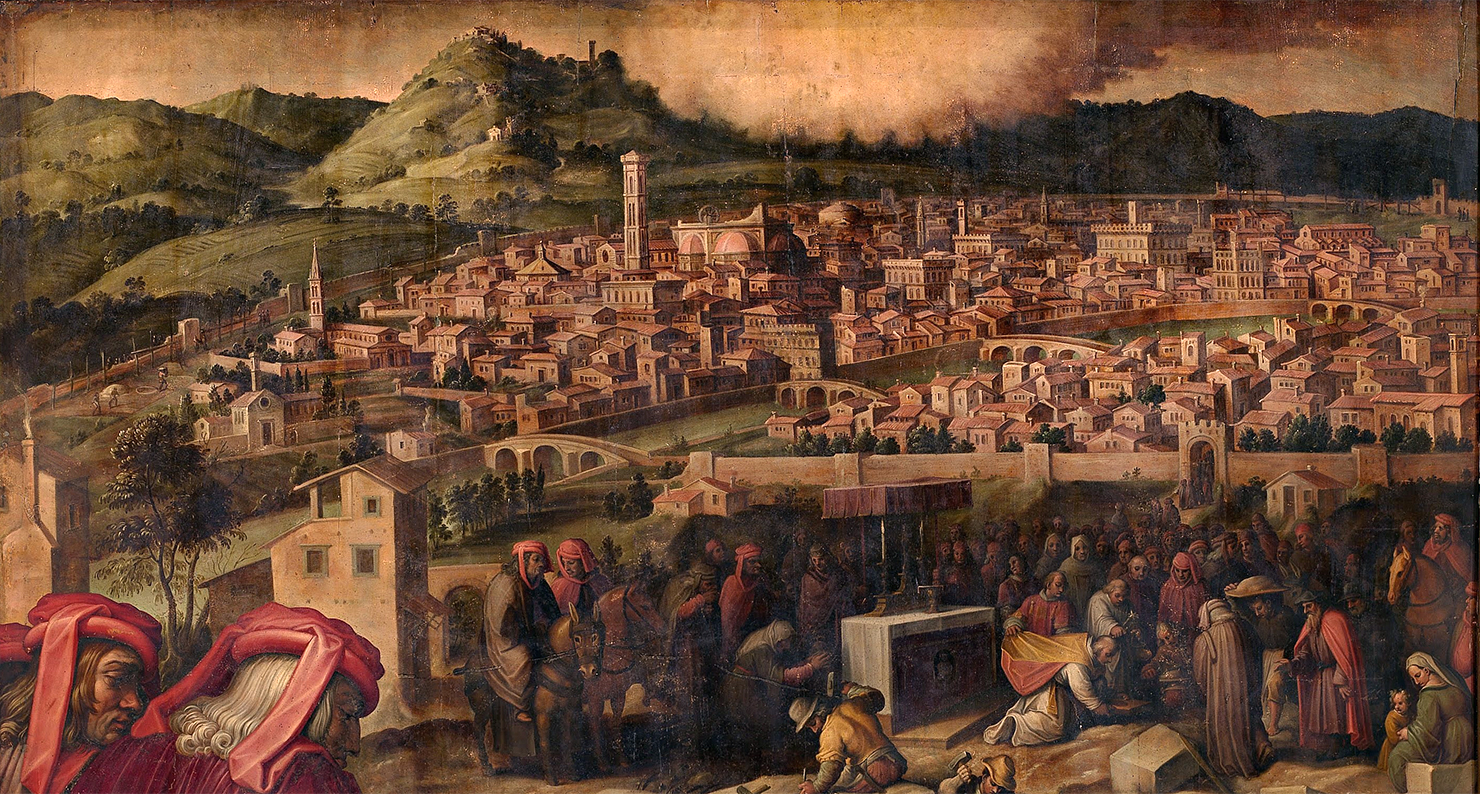
The Cultural Renaissance: A City Embraces the Arts
In the second half of the 20th century, Fort Worth began to experience a cultural renaissance. As the city continued to grow, local leaders recognized the importance of investing in cultural institutions to elevate the city’s profile. One of the key initiatives in this effort was the creation of the Fort Worth Cultural District in the 1960s. This area of the city became home to a series of world-class museums, making Fort Worth one of the most significant cultural centers in the Southwest.
Among the highlights of the Cultural District is the Kimbell Art Museum, which opened in 1972. Designed by renowned architect Louis Kahn, the Kimbell is regarded as one of the finest small museums in the world, with a collection that spans thousands of years and includes works by some of the most famous artists in history. The Amon Carter Museum of American Art, established in 1961, is another jewel in the city’s artistic crown. Its extensive collection of American art includes pieces by iconic artists such as Frederic Remington and Charles Russell.
In addition to these museums, the Modern Art Museum of Fort Worth, the Will Rogers Memorial Center, and the Fort Worth Symphony Orchestra have all contributed to the city’s growing reputation as a hub for arts and culture. Fort Worth’s commitment to the arts is reflected in its public spaces, festivals, and cultural programs, which make the city a vibrant destination for locals and visitors alike.
The city also began to embrace a broader range of cultural expressions, including live music, theater, and film. Venues like the Bass Performance Hall and the Sundance Square District became central to Fort Worth’s vibrant cultural scene, offering everything from Broadway performances to world-class concerts. As a result, Fort Worth transformed from a city known for cattle drives to a city that attracts artists, musicians, and creatives from all over the world.
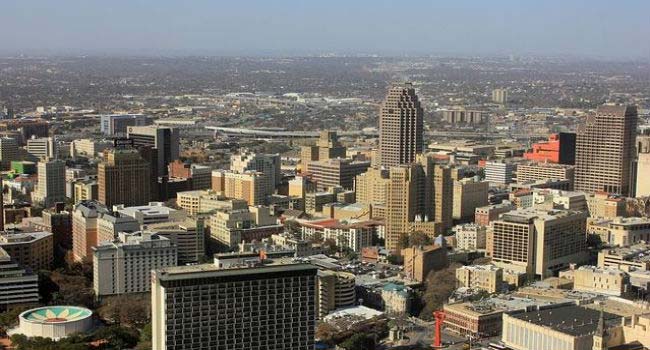
Fort Worth Today: Innovation and Growth in a Modern World
Fast forward to the present day, and Fort Worth stands as one of the most dynamic cities in Texas, blending a rich history with a forward-thinking approach to innovation and growth. Today, Fort Worth is a thriving hub for industries such as aerospace, energy, and technology. The city’s economic diversification has led to the emergence of new sectors like tech startups, biomedical research, and sustainable energy.
Fort Worth’s commitment to innovation is exemplified by its burgeoning tech scene. With the presence of major tech companies, research facilities, and entrepreneurial hubs, Fort Worth has positioned itself as a center for technological advancement. The city has also attracted a growing number of young professionals who are eager to be part of a community that fosters creativity and innovation. The city’s growing tech industry is supported by educational institutions like Texas Christian University and Tarrant County College, which provide talent and research opportunities that fuel the city’s economic growth.
Along with its booming tech scene, Fort Worth has continued to invest in urban development. The city’s downtown area has undergone significant revitalization in recent years, with new office buildings, residential complexes, and public spaces transforming the urban landscape. The Fort Worth skyline has evolved with the addition of modern skyscrapers, creating a striking contrast to the city’s historic architecture. The city has also focused on sustainability, incorporating green spaces, renewable energy initiatives, and smart city technology to ensure that Fort Worth continues to thrive in an environmentally conscious way.
The city’s emphasis on innovation is not just limited to business; Fort Worth is also at the forefront of education and workforce development. With institutions like the University of North Texas Health Science Center and a growing number of vocational programs, Fort Worth is fostering a new generation of skilled workers, researchers, and entrepreneurs. These educational initiatives ensure that Fort Worth remains competitive in an increasingly globalized world.
A Flourishing City: Arts, Culture, and Innovation Combined
Today, Fort Worth is a shining example of what happens when history, culture, and innovation intersect. The city has managed to preserve its Western heritage while embracing the future with a focus on technology, education, and sustainability. Fort Worth’s rich cultural landscape, world-class museums, and vibrant arts scene make it a destination for people seeking to explore the arts and culture of the American Southwest. Meanwhile, the city’s growing economy and tech-driven initiatives position it as a leader in industries ranging from aerospace to energy and beyond.
Fort Worth’s journey through the ages—from its frontier beginnings to its present-day status as a modern cultural and economic hub—is a testament to the resilience and innovation of its people. The city’s ability to evolve while retaining its unique character has made it a place where tradition and progress coexist in harmony.
Whether you’re exploring the historic Stockyards, enjoying the city’s world-class museums, or engaging with its cutting-edge tech industry, Fort Worth offers something for everyone. Its history, culture, and forward-thinking approach make it one of the most exciting cities in the United States—and its future has never looked brighter.
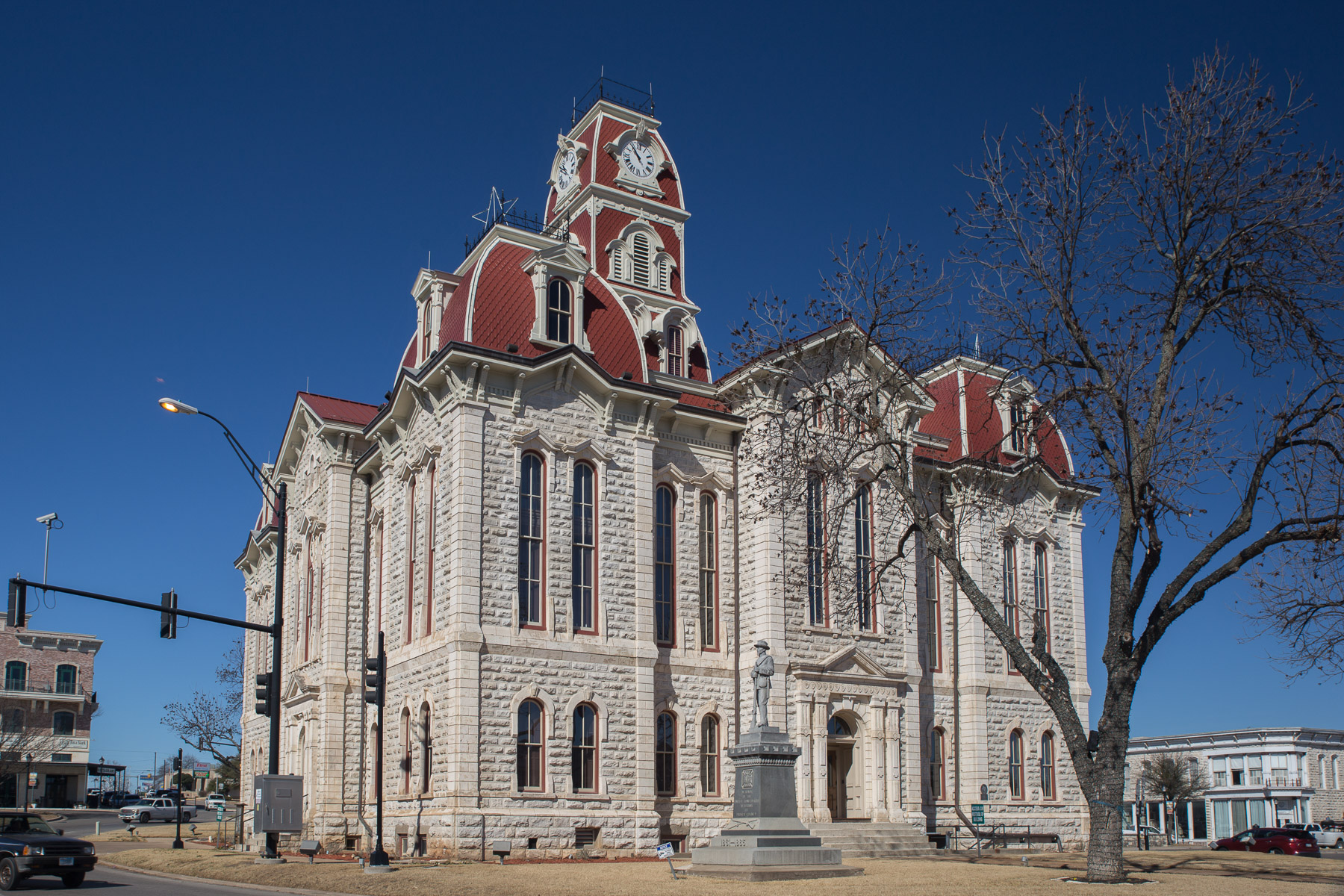
Explore the Best of Fort Worth-Weatherford, TX
Fort Worth-Weatherford, TX, is a vibrant region that perfectly blends urban sophistication with small-town charm. Fort Worth, a rapidly growing city, is known for its deep Western heritage, world-class museums, and lively entertainment districts like Sundance Square and the Stockyards. With a booming economy, excellent universities, and a strong job market, Fort Worth attracts both visitors and new residents looking for opportunity and excitement.
Just a short drive west, Weatherford offers a peaceful retreat with its historic downtown, equestrian culture, and picturesque landscapes. Known as the "Cutting Horse Capital of the World," Weatherford boasts events like the Parker County Peach Festival, along with beautiful parks, trails, and lakes perfect for outdoor enthusiasts.
Together, Fort Worth and Weatherford create an ideal mix of city convenience and rural charm. Whether you're seeking career growth, cultural experiences, or a welcoming community, Fort Worth-Weatherford, TX, is the perfect place to live, work, and explore.
What to Do Following a Collisions: Consult a Fort Worth, Texas Auto Accident Injury Attorney
If you’ve been in a car accident in Fort Worth, TX, finding the right help is important to get the money you need for your injuries. A good car crash injury lawyer can make sense of the legal stuff and stand up for your rights.
Thompson Law focuses on car accident cases and has experienced lawyers who care about their clients. They know how tough it can be after an accident, from worrying about doctor bills to dealing with lost paychecks and stress.
A car crash injury lawyer from Thompson Law understands Texas laws and insurance rules. They will carefully collect the facts about your accident, talk to insurance companies for you, and if needed, represent you in court. They treat each case as unique, offering personalized support when you need it most.
When you choose Thompson Law, you gain a partner who genuinely wants to help you recover and feel secure again. If someone else's mistakes have caused you harm, reach out to a trusted car crash injury lawyer in Fort Worth, TX. Get the assistance you deserve and take the first step toward healing.
Contact Us:
Thompson Law Injury Lawyers
1500 North Main St. Suite 140,Fort Worth, TX 76164, United State
(817) 330-6811
https://1800lionlaw.com/fort-worth-personal-injury-attorneys/
Visit Social Media:
LinkedIn Page
YouTube
Find Us Google Map:
https://maps.app.goo.gl/rWn1x5F1dhRkXNrJA